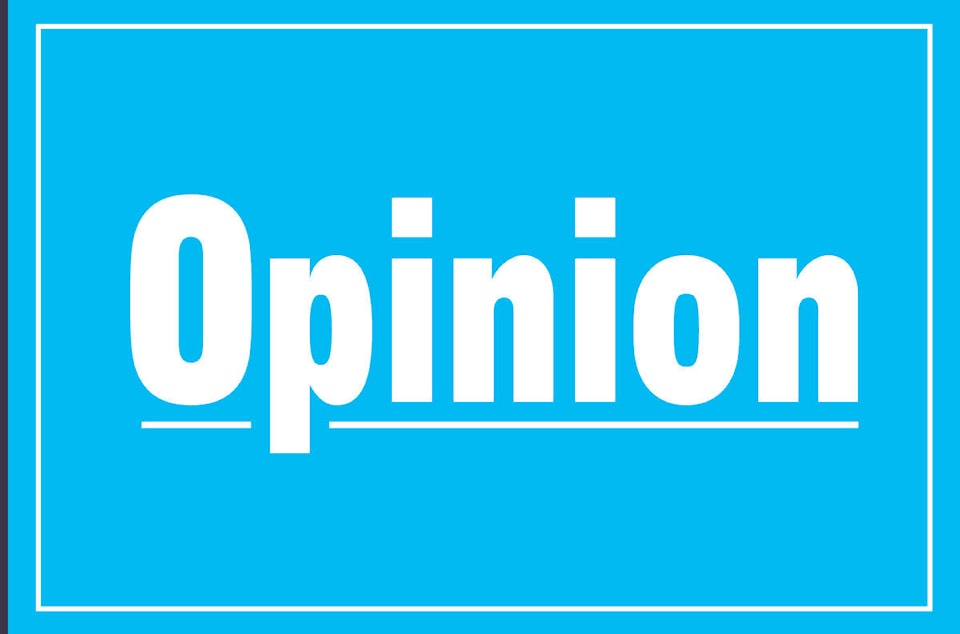It’s become a refrain from Justin Trudeau every time he’s asked about how we get out of this pandemic mess: The speed of the recovery depends on you, Canadians, and what kind of social-distancing, hand-washing precautions you take.
But when it comes to the economic recovery, the onus is squarely on the prime minister. That was the underlying message from the Bank of Canada’s quarterly report this week.
The central bank will do everything it can to keep money flowing smoothly and make sure those who want to lend and borrow can do so. But the speed and the quality of our economic recovery will depend largely on how governments shape their support for workers, businesses and households.
“Today, we’re dealing with an economy where monetary policy has very little by way of traction. What we’re working on is to establish very solid conditions for the recovery period so that when the recovery does start, it will have the best momentum that we can give it,” said Bank of Canada governor Stephen Poloz in what’s likely to be the last quarterly report before his seven-year term ends.
Normally, cutting interest rates would go a long way toward propelling an economy out of a rut, but today’s crisis resembles nothing from the past.
Yes, the central bank has cut rates, but it has mainly focused on making sure money markets work properly and, more recently, buying up provincial debt at a time when there are not many buyers out there.
That supporting role — which is adding hundreds of billions of dollars to the bank’s balance sheet — will continue as the pandemic is brought under control and the recovery takes hold, Poloz said.
That recovery, however, could go in several different directions.
Even as the International Monetary Fund was issuing a devastating outlook for a protracted recession in the global economy, and Canadian forecasters were pointing to the record nine per cent contraction for the Canadian economy in March as just the beginning of many months of economic pain, the central bank issued one of its most unique reports ever, ditching its traditional forecast and opting instead to describe two scenarios: a best case, and a much worse case.
In the best-case scenario, authorities start easing the restrictions at the end of May or beginning of June, Poloz said.
Because many idled companies kept their employees on the payroll by tapping into the federal government’s wage subsidy, they should be able to rev up quite quickly.
And since many of the sectors that have shut down are known for having high staff turnover — accommodation, culture, tourism, support staff — they should be able to hire back and ramp up quickly, too.
Sectors that are more dependent on the global economy will take longer to bounce back, the bank projected, but they will get through without too much permanent damage — although oil and gas are in rough shape.
In this scenario, fiscal policy has already laid the groundwork through emergency benefits, wage support and loans.
Nursing the economy back to health won’t really be necessary, Poloz said, because workers and companies will already be ready to go.
“They don’t need to be talked into it. They are already talked into it.”
The worse scenario has a much unhappier ending.
As the bank sees it, the confinement drags on for months, households and businesses lose confidence and money, and firms go bankrupt. They lose their equipment and cut off connection with their employees, making a bounceback much harder.
Eventually, workers grab whatever jobs they can find or are faced with long periods of unemployment — all leading to a poor use of the country’s skills, lower wages and trouble paying off debts.
Credit markets might suffer some lasting damage, net wealth will erode, and it will take a couple of years to get back on our feet.
As for policy-makers’ role in that recovery — whether it’s the best-case scenario or not — the heavy lifting comes from the Department of Finance, not the central bank.
So far, governments have stepped up with barely a hesitation, dedicating tens of billions of dollars to income supports, loans and credit guarantees.
That’s stage one. Those measures generally come with an expiry date, though, and if Poloz’s pessimistic scenario plays out, they will have to be extended.
For the most part, the supports were designed to be flexible, and an extension would not be technically difficult.
But there’s a third stage to the economic recovery that governments have barely mentioned — the stimulus that will inevitably be needed if the shutdown remains in place for long.
The IMF this week urged decision-makers to start planning for a recovery package right now, suggesting supports to revive demand, incentives to hire, and debt restructuring if necessary, as well as some intense global co-ordination.
It’s a lot for government to take on, no doubt, especially right now when the top priority has to be conquering the spread of the virus.
But as Trudeau likes to say, he has a lot of help from all Canadians on that one.
Heather Scoffield is a columnist with Torstar Syndication Services.
